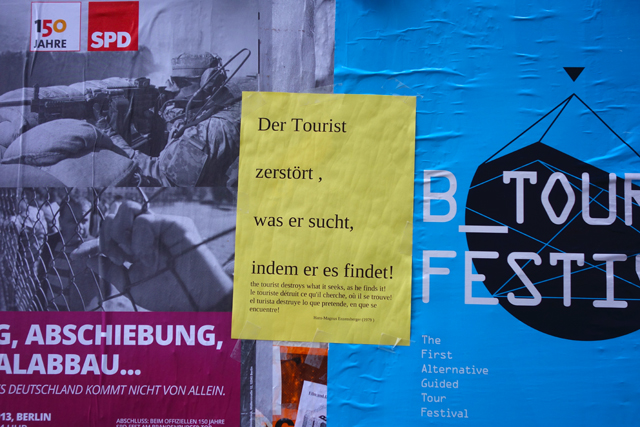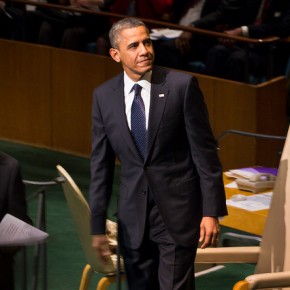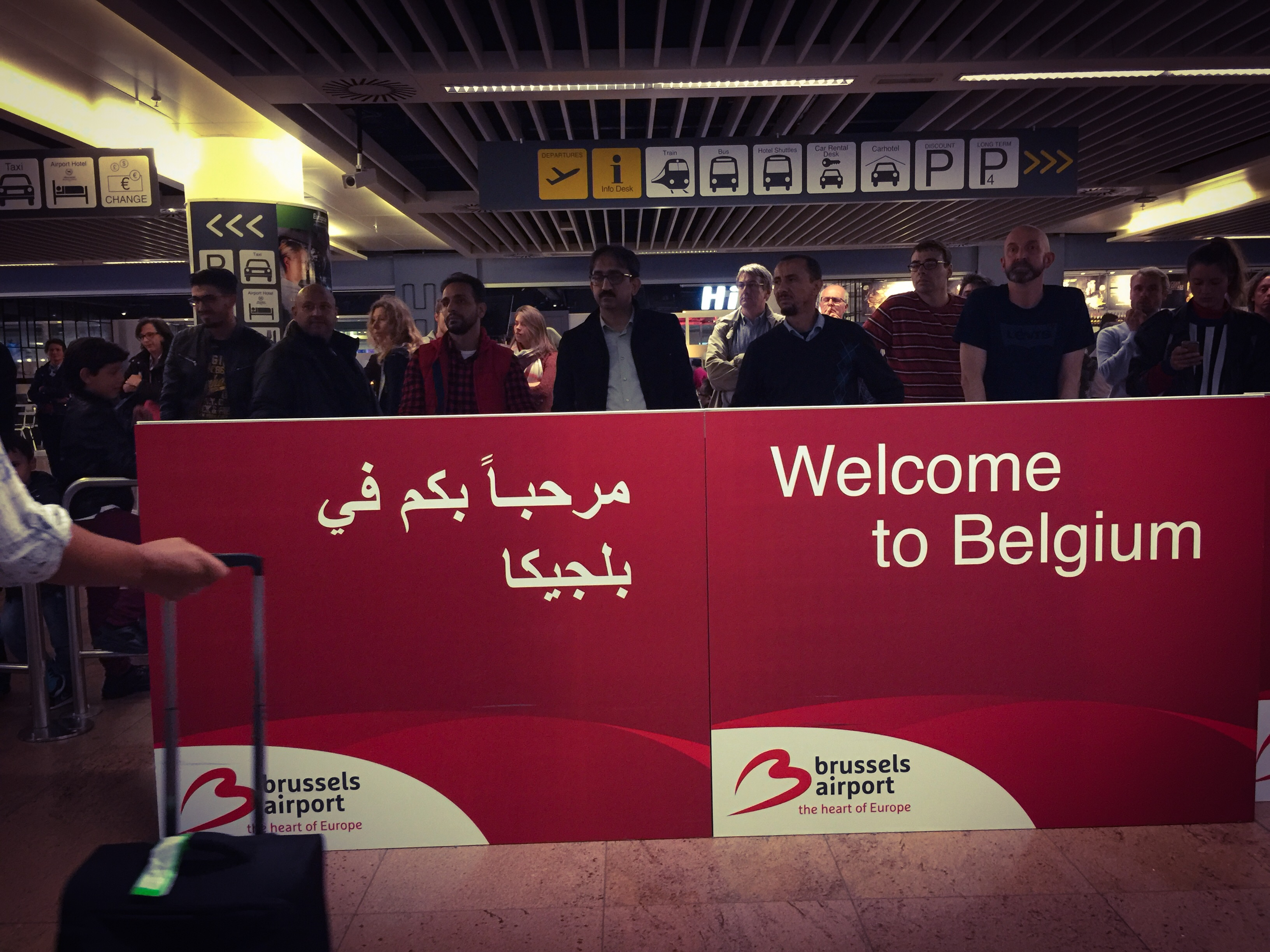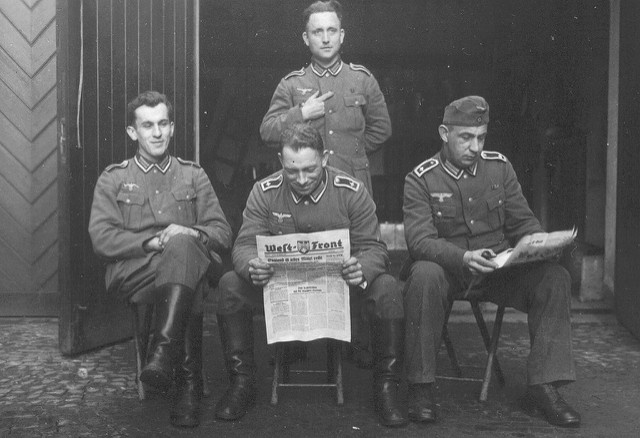For over a decade, artists and intellectuals have been touting Berlin as an alternative to overpriced and overpopulated metropolises like London, Paris, New York and Tokyo. And even now, despite a rising tide of gentrification, the city’s rougher neighborhoods remain a bargain for people with a bourgeois support network. The problem, though, is that long-time natives of these neighborhoods typically lack one. That’s why activists in Neukölln have started this public education project.
Although the main target of the first flyer is tourism, its creators don’t really mean the if-it’s-Tuesday-this-must-be-Belgium sort that visitors from the Americas and Asia typically represent. While those tourists can also plausibly be blamed for destroying what they seek in finding it, the problem foregrounded here is the longer-duration type of residency that bargain hunters from abroad take up in places like Neukölln.
This tourism is all the more insidious for deluding its practitioners into believing that they deserve to be considered locals. Like the expatriates who flocked to the Caribbean, coastal North Africa, and southeast Asia for most of the twentieth century, newcomers to neighborhoods like Neukölln tend to admire the grit and grime, perceiving them as an antidote to tonier districts. But the pleasure they derive from being there too often marks them as outsiders who only want to have their dose of urban reality on demand, like a television show they watch whenever it’s convenient for them.

In the past, Berlin’s resistance to this touristic mindset has been fierce and uncompromising, with gentrification’s human vanguard being pilloried regardless of its collective consciousness. Neukölln in particular has seen countless punk-inflected attacks on emissaries of the so-called “creative” class coming into the kiez from other parts of Europe, Australia and, in ever greater numbers, the United States. That’s why the second flyer here marks such an interesting break with tradition.
Intuiting that many of the people who move into neighborhoods like Neukölln do so, at least in part, with good intentions, the flyer reaches out to the newcomers. Patiently explaining how an outsider’s “bargain” frequently contributes to a long-time resident’s steep rent increase, it promotes a sense of community supple enough to fit both the old guard and new, one in which property owners and their allies in government are isolated as common enemies. After all, once folks understand what solidarity can do for them — lower rent, less mistreatment by the government — the odds that they will identify with a neighborhood’s working-class origins increase considerably.
Download a PDF of the English-language flyer
Commentary by Charlie Bertsch. Photographs courtesy of Joel Schalit.





